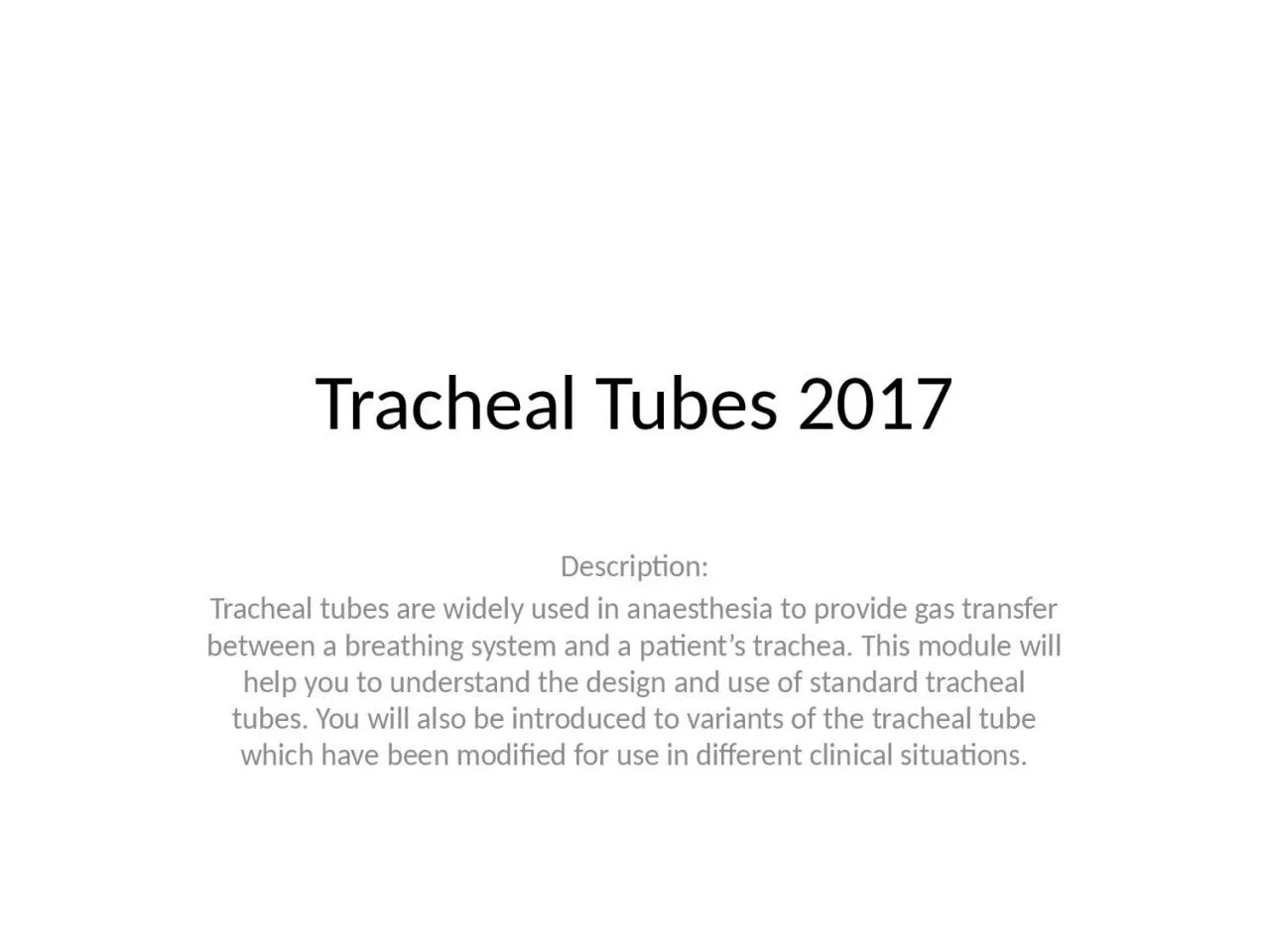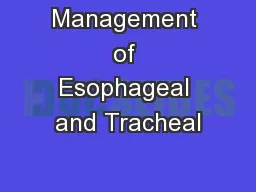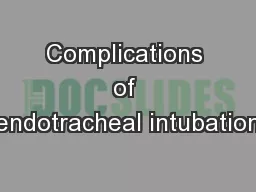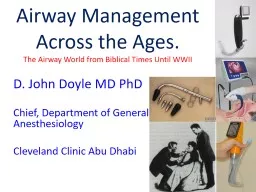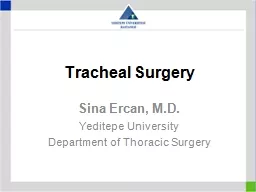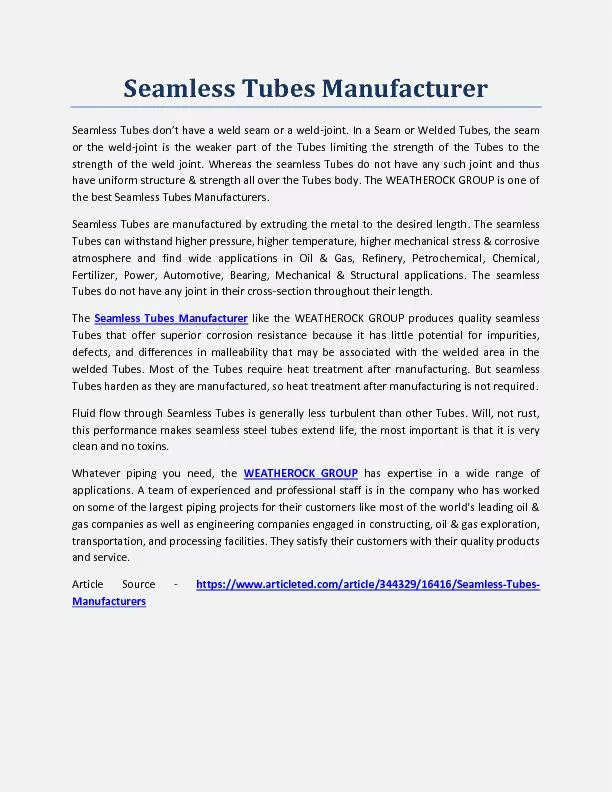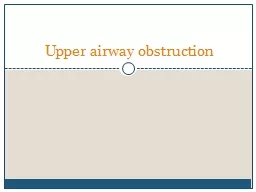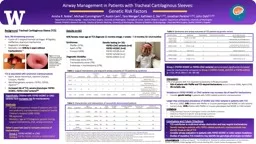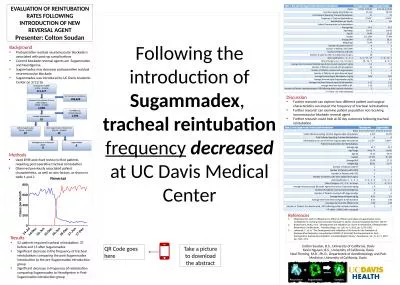PPT-Tracheal Tubes 2017 Description:
Author : oryan | Published Date : 2022-06-15
Tracheal tubes are widely used in anaesthesia to provide gas transfer between a breathing system and a patients trachea This module will help you to understand the
Presentation Embed Code
Download Presentation
Download Presentation The PPT/PDF document "Tracheal Tubes 2017 Description:" is the property of its rightful owner. Permission is granted to download and print the materials on this website for personal, non-commercial use only, and to display it on your personal computer provided you do not modify the materials and that you retain all copyright notices contained in the materials. By downloading content from our website, you accept the terms of this agreement.
Tracheal Tubes 2017 Description:: Transcript
Download Rules Of Document
"Tracheal Tubes 2017 Description:"The content belongs to its owner. You may download and print it for personal use, without modification, and keep all copyright notices. By downloading, you agree to these terms.
Related Documents

